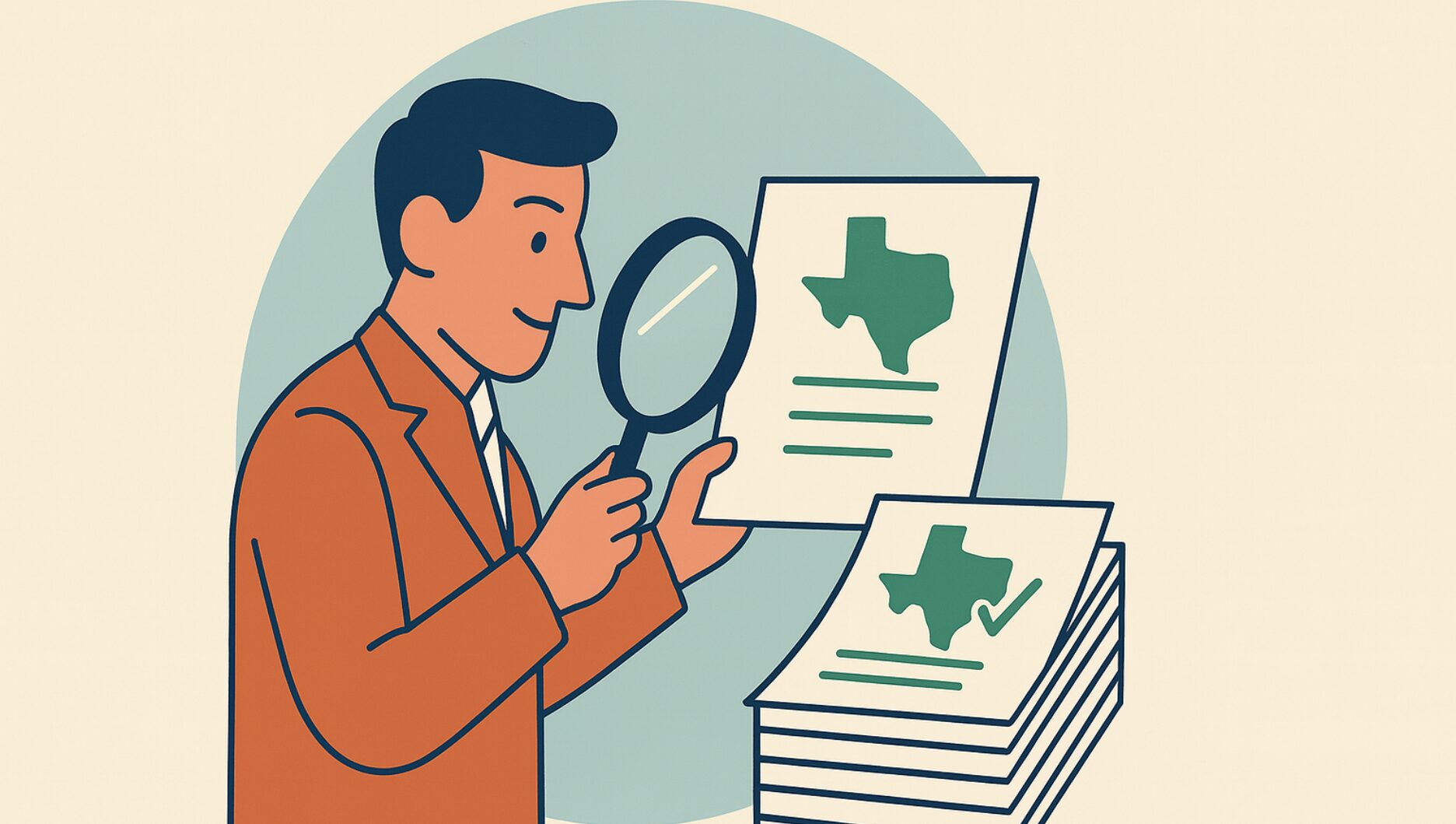Texas is experiencing economic growth, but the state government isn’t keeping pace with fiscal responsibility.
In December 2024, Texas added 37,000 new jobs, marking its twelfth consecutive month of job gains. Total nonfarm employment reached a record 14,318,700, and the labor force hit an all-time high of 15,575,900. Over the past year, the state gained 284,200 jobs, outpacing the national average by 0.6 percentage points with a 2.0% growth rate.
Despite this strong labor market, Texas is undermining its economic success with reckless government spending and misplaced priorities. Here’s what Texas is getting right—and where it’s failing.
Out-of-Control State Budget
The Senate’s recommended all-funds budget, which includes state and federal funds, increases by $11.2 billion (+3.5%), and the House’s budget jumps by $14.0 billion (+4.4%), compounding last session’s record 21% increase. For a consistent comparison, these changes are from initial appropriations in one biennium to the next biennium instead of spending to initial appropriations, as reported in the Legislative Budget Board’s publications.
When excluding federal funds, state funds climb even higher: $15 billion (+6.8%) in the Senate and $17 billion (+8.2%) in the House. This follows the last session’s 32% explosion in state-funded appropriations and highlights how the budget growth is not from increases in federal funds, as they have actually declined, but increases state funds that state lawmakers have the most control over.
Since 2022-23, House appropriations have jumped 26.8% (all funds) and 42.7% (state funds), while the Senate’s have soared 25.7% and 41.0%, respectively. These increases in state funds exceed population growth plus inflation, burdening taxpayers with paying higher taxes for unnecessary expenditures. The budget increases are lower when excluding property tax relief efforts in recent years, though property taxes keep going up from excessive local government spending.
Weak Property Tax Relief
Despite a $24 billion surplus, only $6.5 billion is allocated for property tax relief—insufficient given rising tax burdens. Worse yet, the actual amount of new relief is only $3.5 billion, while the other $3 billion is used to maintain past relief efforts. Even worse, the relief in the Senate goes to ineffective homestead exemptions rather than school district maintenance and operations property tax rate compression. What we have seen time and again is that there will continue to be higher property taxes without aggressive limits on local government spending.
Corporate Handouts and Government Waste
Instead of returning surplus funds to taxpayers, lawmakers are pouring billions into corporate welfare and politically driven projects:
- $5 billion in both chambers to the Texas Energy Fund to subsidize power plants.
- $2.5 billion in both chambers to the Texas Water Fund for government-driven water projects.
- $3 billion in the Senate to the DPRIT Fund for narrowly focused dementia research.
- $500 million in the Senate for Texas Film Incentives, propping up Hollywood productions.
Texas doesn’t need the government picking winners and losers—it needs free markets. These subsidies distort competition and waste taxpayer dollars.
School Choice Falls Short
While funding for school choice rises from $500 million to $1 billion in SB 2, it’s a drop in the bucket compared to the more than $5 billion in new spending for government-run schools. Rural teachers could also receive up to $10,000 raises, and taxpayers foot the bill.
The $1 billion for Education Savings Accounts (ESAs) will cover 95,000 students—a mere 1.5% of Texas’ 6.3 million school-age children. A truly universal ESA program needs closer to $4 billion, but lawmakers are doubling down on funding bureaucratic school systems instead of expanding school choice.
What Needs to Change?
- Cut Spending by 15% or At Least Freeze Spending: Texas must rein in its bloated budget and focus on essentials.
- Eliminate Corporate Welfare: Stop using taxpayer dollars to subsidize industries that should compete in the free market.
- Prioritize Tax Relief: Allocate all surplus funds to compress property tax rates, which are not ineffective short-term measures like homestead exemptions.
- Redirect Funding to Only Fund School Choice: A $12,000 per-student ESA program could save taxpayers $20 billion annually instead of continuing to overfund a government school monopoly system.
- Strengthen Spending Limits: Property taxes will keep climbing without state and local fiscal discipline. Strengthening the state’s constitutional spending limit and creating a local spending limit based on a maximum rate of population growth plus inflation with excess tax revenue collected being returned to taxpayers through lower tax rates.
Texas Must Lead by Example
Texas is proving that free-market policies fuel job creation and economic prosperity. However, without fiscal restraint, this growth will be undermined by excessive spending, over-taxation, and government overreach.It’s time to rein in government expansion, put tax dollars back in the hands of Texans, and ensure the state’s economic future remains strong. Lawmakers must act now—freeze spending, cut taxes, and let people prosper.
Texans for Fiscal Responsibility relies on the support of private donors across the Lone Star State in order to promote fiscal responsibility and pro-taxpayer government in Texas. Please consider supporting our efforts! Thank you!
Get The Fiscal Note, our free weekly roll-up on all the current events that could impact your wallet. Subscribe today!




